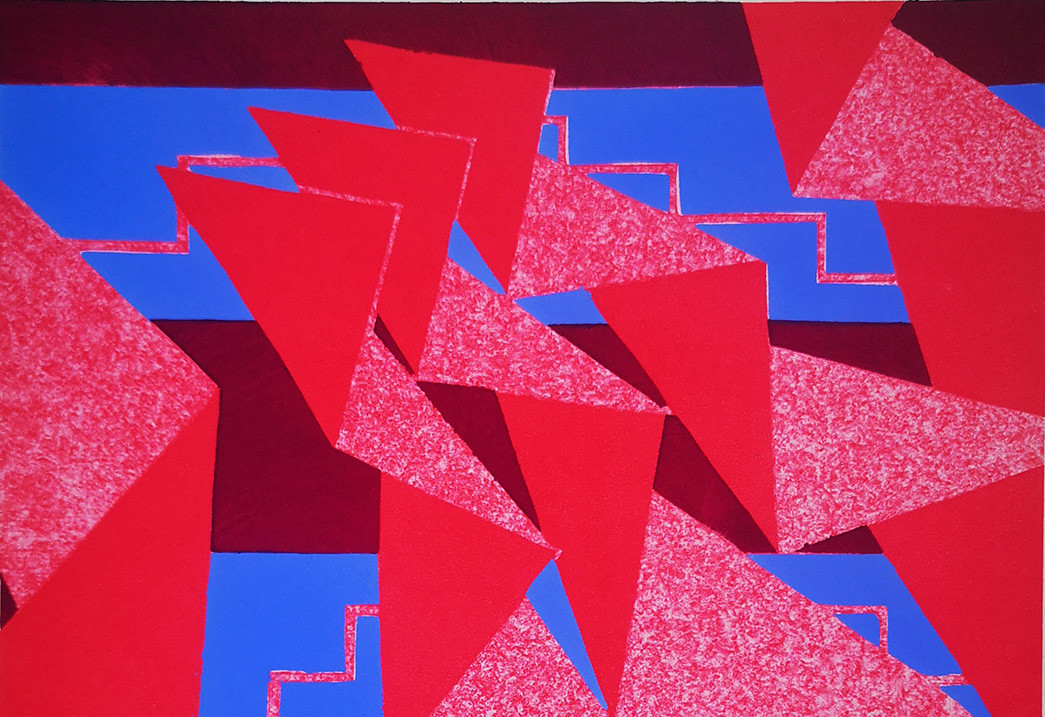
Émile-Allain Séguy and Prismes: Art Deco Geometry in Full Color
Émile-Allain Séguy and Prismes: Art Deco Geometry in Full Color
At the intersection of biology, modernism, and decorative arts, Émile-Allain Séguy occupies a singular place. Best known for his striking Art Deco portfolios created through the labor-intensive pochoir technique, Séguy's work represents a unique synthesis of natural form and stylistic innovation. Among his lesser-known yet most visually compelling series is Prismes, a dazzling collection of 40 pochoir plates first published in Paris in 1931.
At Prantique, we are proud to present a nearly complete collection of 39 original plates from this rare portfolio.
A Master of Pochoir and Pattern
Émile-Allain Séguy (c. 1877 – post-1951) was trained at the École des Arts Décoratifs in Paris and worked at the crossroads of science, illustration, and applied design. His most celebrated works—Papillons (1925), Insectes (1920), and Floreal (1925)—combine elements of entomology and botany with ornamental composition, created specifically for use by textile and wallpaper designers, architects, and interior decorators.
Séguy's prints were executed in pochoir, a meticulous hand-stenciling method that allowed for unprecedented vibrancy and texture. Rather than print in bulk via lithography, each color in a pochoir image was applied by hand using cut stencils and layers of gouache or watercolor. The result: jewel-toned precision with tactile richness unmatched by machine processes.
Prismes: Crystalline Abstraction and Chromatic Brilliance
First issued by Éditions d’Art Charles Moreau in 1931, Prismes is perhaps Séguy’s most abstract and modernist work. Departing from the direct representation of butterflies or flowers, these plates explore the world of crystalline structures, optical refraction, and symmetrical geometries. And yet, despite their abstraction, they remain grounded in natural logic and structure.
Each of the 40 plates in Prismes is a standalone exploration of line, rhythm, and color. Some suggest microscopic forms, others resemble prisms, kaleidoscopic lenses, or architectural blueprints of light. The colors range from deep jewel tones to iridescent metallics, creating dynamic visual fields that shimmer with energy.
From radiant radial bursts to repeating stepped motifs, these images speak the language of early 20th-century modernism—with echoes of the Bauhaus, Futurism, and even Constructivism—filtered through a uniquely French decorative sensibility.
A Portfolio Designed for Designers
Unlike scientific plates meant for classification, Séguy’s Prismes was a sourcebook of visual inspiration. Intended for professionals in decorative arts, the portfolio served as a treasure trove of motifs for:
-
Textile and wallpaper design
-
Tapestry and rug patterns
-
Ceramic and glass ornament
-
Interior and architectural detailing
Each plate was not merely decorative, but a modular idea: something to be adapted, recomposed, and reused across media.
The portfolio was issued as loose sheets, housed in a paper folder stamped with Séguy’s name and the publisher’s mark—intended to be pulled out, traced, cut, copied, or pinned up in design studios.
Rarity and Legacy
Today, Prismes is far rarer on the market than Papillons or Insectes. Full or near-complete sets are uncommon in both public and private collections. Institutions such as the Cooper Hewitt, the Victoria and Albert Museum, and the Bibliothèque Forney in Paris hold selected plates, but most remain in the hands of dedicated collectors.
At Prantique, we are honored to offer 39 of the original 40 plates, all in excellent condition, with minimal toning and vibrant original pigments. Each is a testament to Séguy’s genius—not only as a designer of ornament, but as a visionary of structure, rhythm, and color.
Why Prismes Still Matters
More than 90 years after its publication, Prismes feels startlingly current. In an age of digital design and algorithmic generation, these hand-crafted compositions remind us of the value of intentionality, of color theory rooted in material, and of pattern as a language of meaning.
Whether viewed as art objects, historical documents, or sources of inspiration, Séguy’s Prismes remains a landmark in the decorative arts—a crystalline vision of modern beauty.
Available Now: Original Plates from Prismes (1931)
Each print in our collection is:
-
An original 1931 pochoir produced in Paris by Éditions d’Art Charles Moreau
-
Printed on high-quality wove paper, approx. 32 × 24 cm
-
Authenticated and presented in archival condition
-
Available individually or as coordinated sets for interior design and curated collections

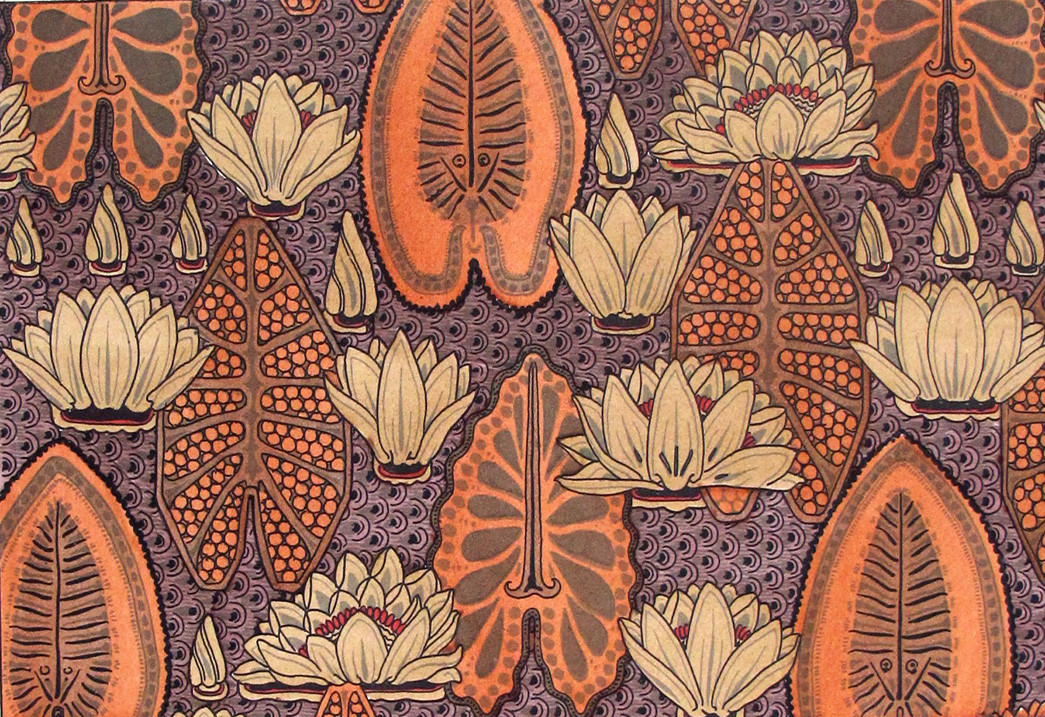
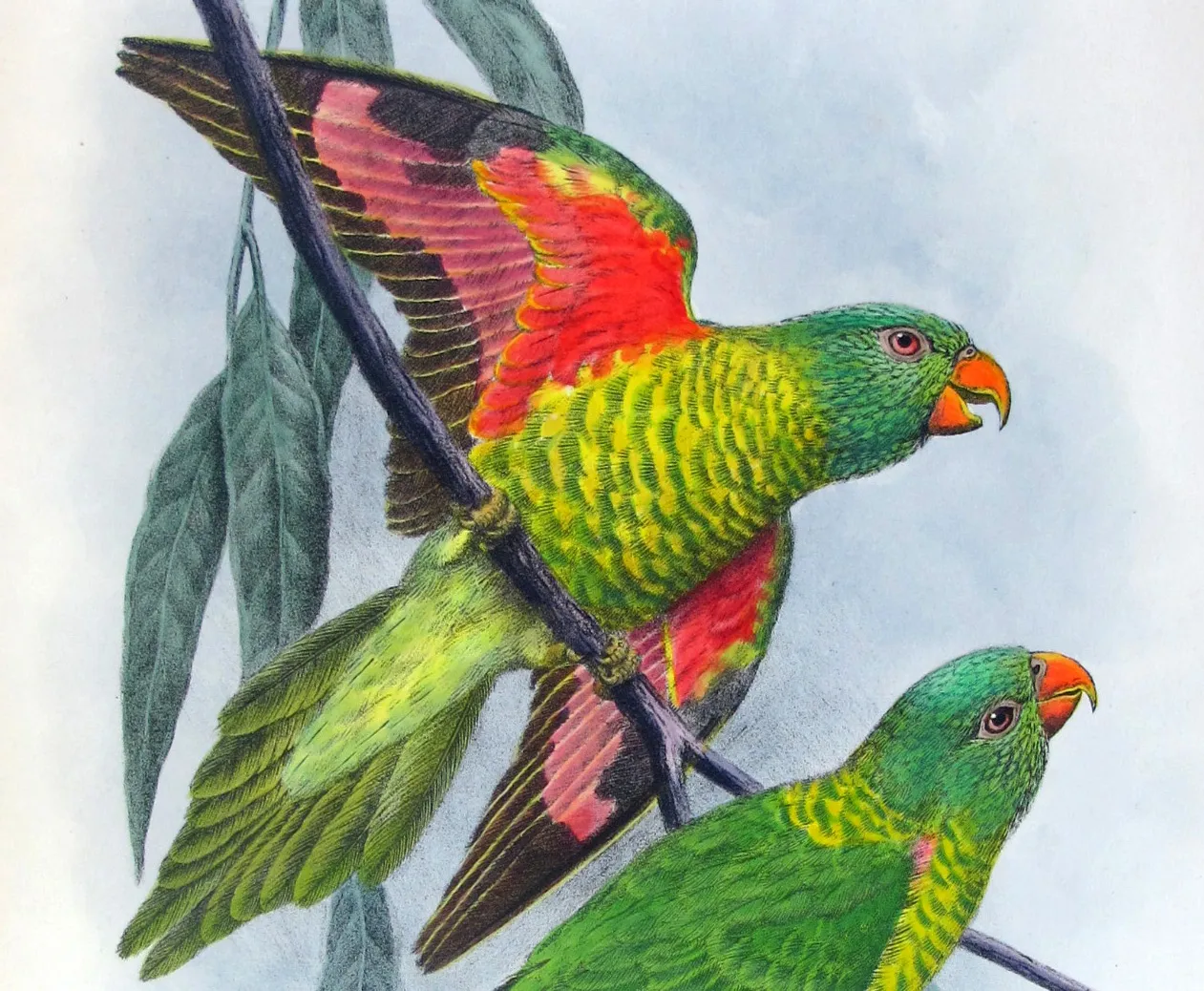
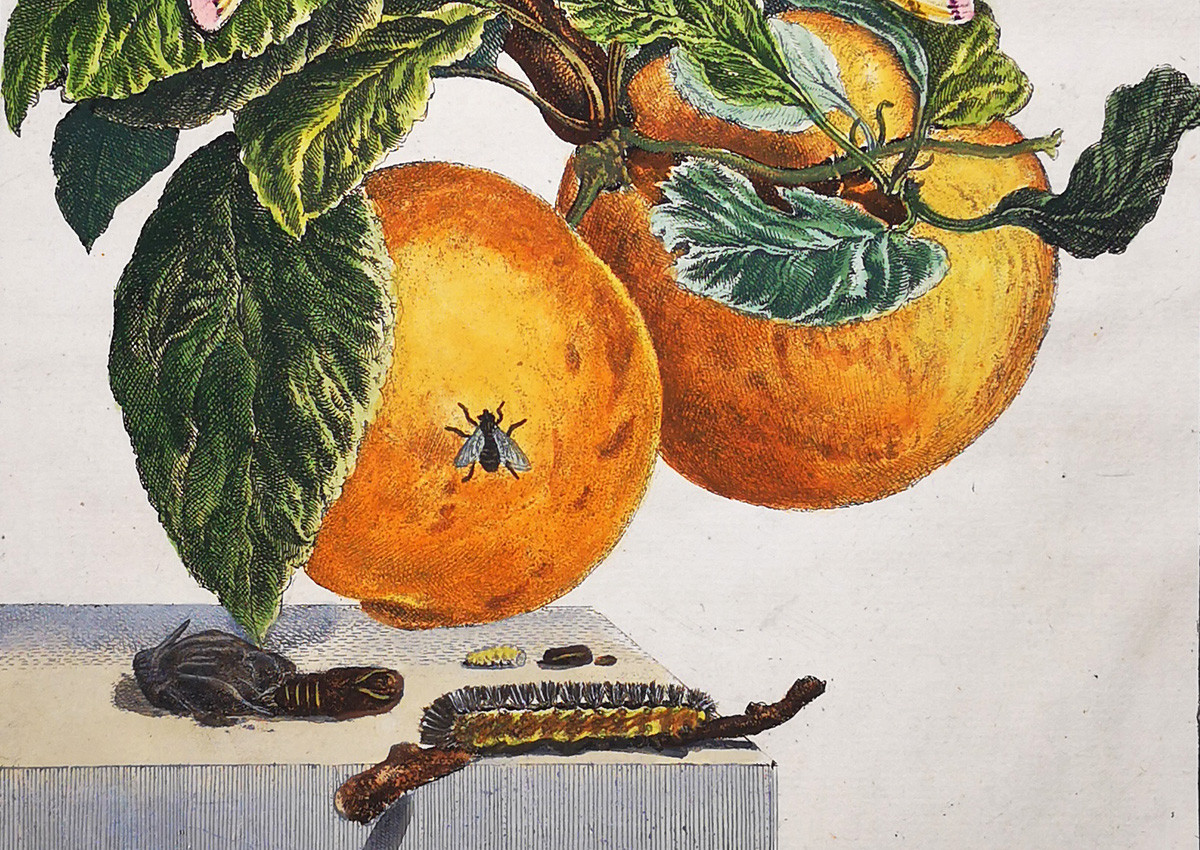
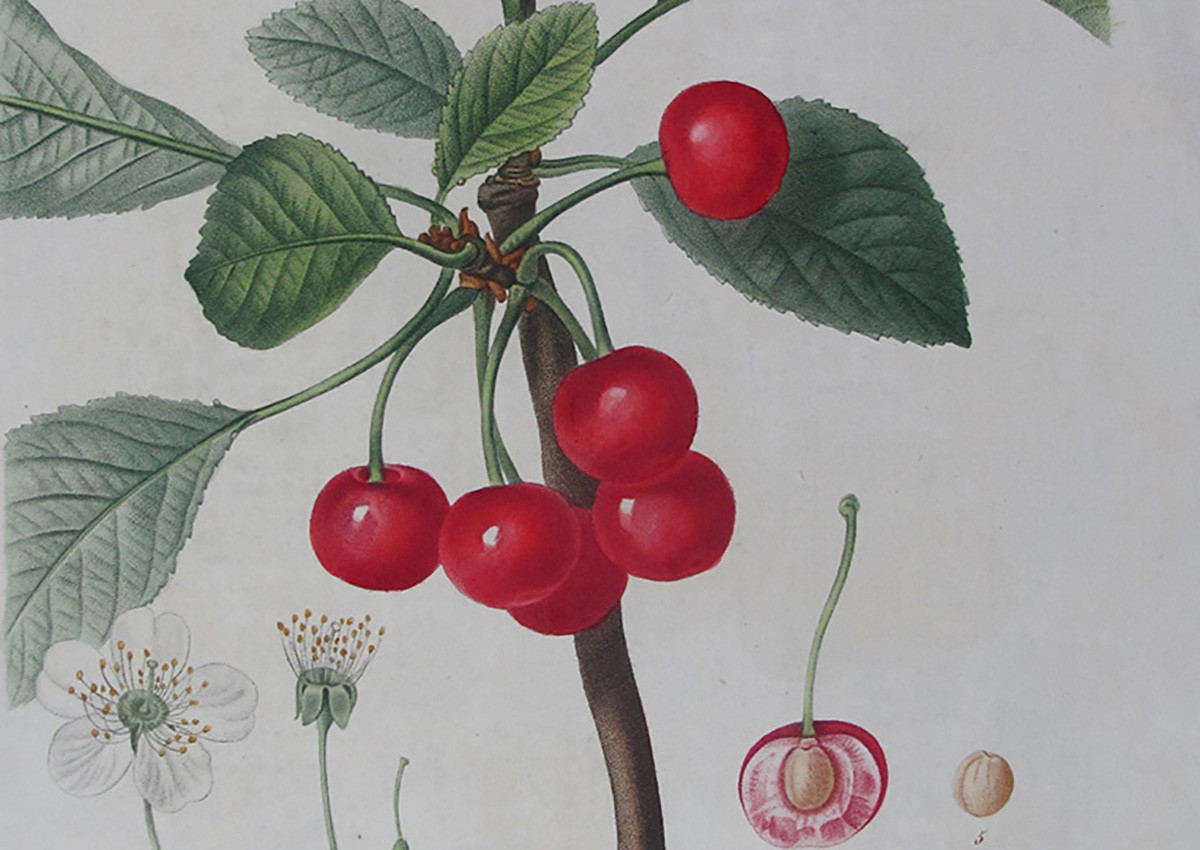
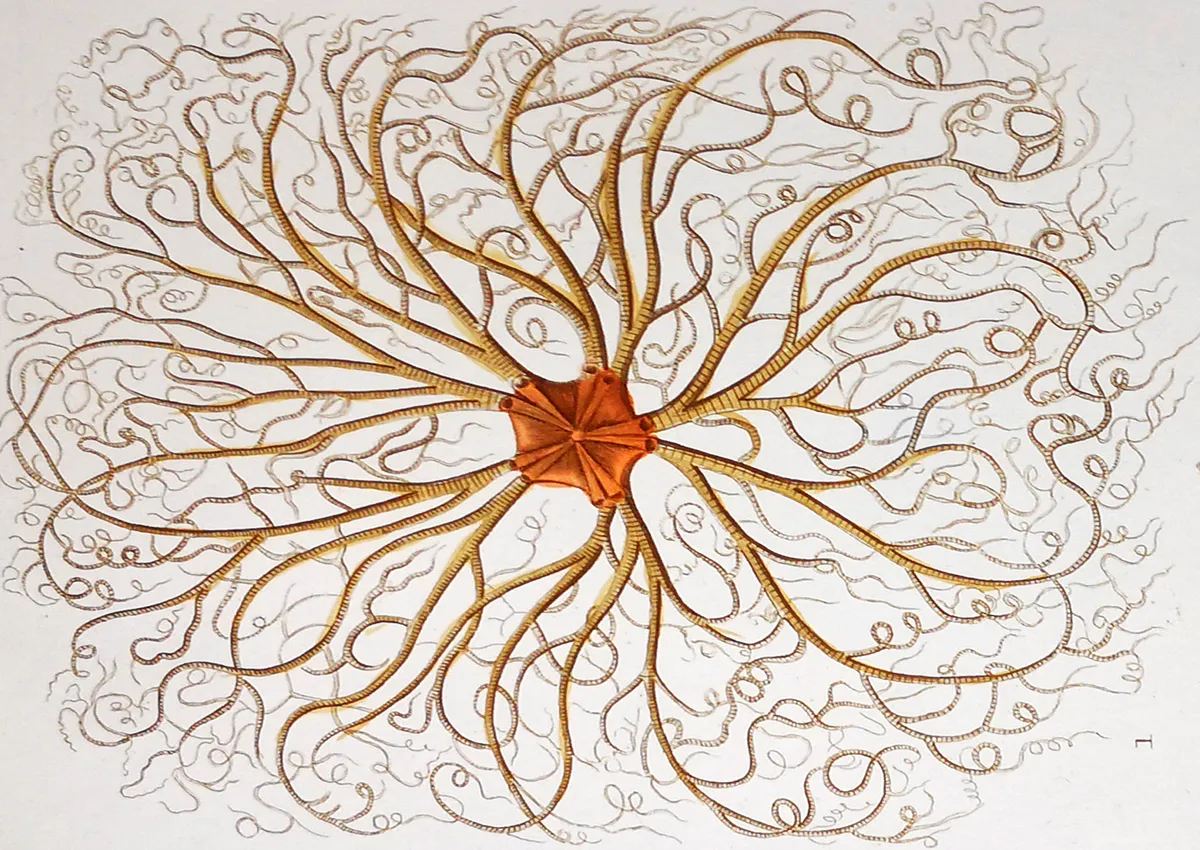
Leave a comment